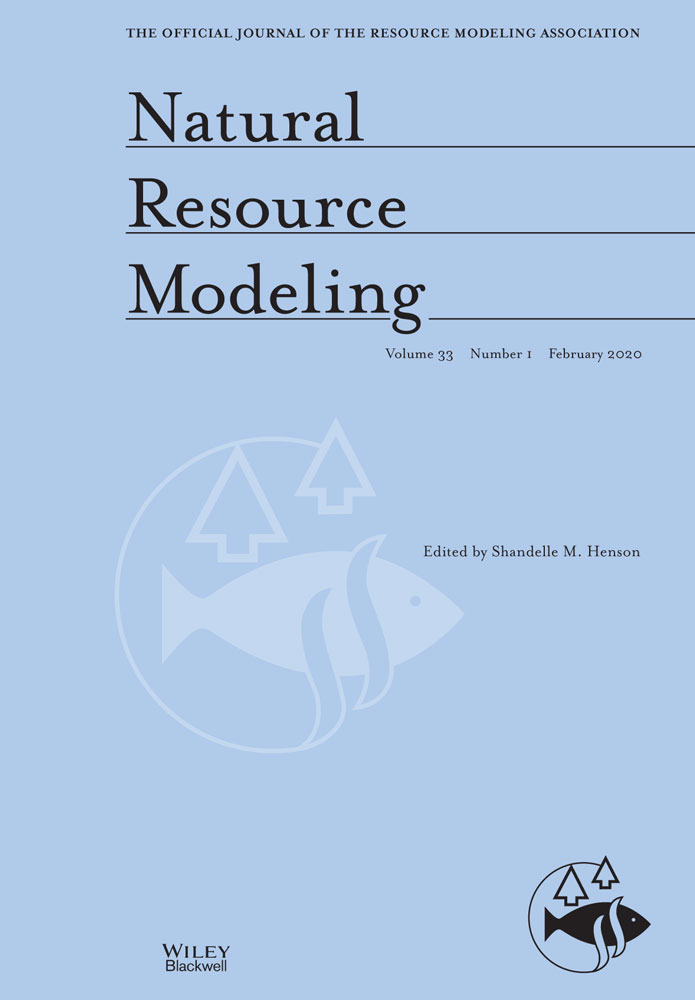River flow characteristics and changes under the influence of varying climate conditions
Abstract
This study aims at the spatial-temporal evaluation of projected hydrological flow characteristics under varying climate projections driven by RCP 4.5 scenario for 10 selected catchments in Poland using deterministic and stochastic concepts: to assess dependency characteristics of flow variables; to classify flood type regimes using flood duration and magnitude; and to assess and evaluate the changes in hydrological characteristics in the near and far future periods. The results show a stronger correlation between the hydrological flow variables in the mountainous catchments than lowland located catchments. While flood volume and number of events have moderate dependency due to the role of groundwater plays a major role on the water balance of the catchment. Both, peak flow and flood duration are occurred more frequent and prolonged in most of the selected catchments in Poland but were relatively small in Guber and Narewka catchments. Quantiles of peak flow and duration were estimated and associated uncertainty was identified for each catchment, which is crucial for hydraulic infrastructure design and flood adaptation and protection.
Recommendations for water resource managers and the scientific community
- ✓
It is important to correct raw climate model outputs using distributed quantile mapping technique and its use to simulate projected river flow to minimize the climate model uncertainty.
- ✓
Always it is better to compare the flow quantiles derived from a peak over the threshold and annual maximum time series for hydraulic structure design and infrastructure development in specific catchment.
- ✓
A changing climate leads to accelerated flood occurrence, intensity, duration, volume, number of events, and magnitude, which can affect the stability of infrastructure and economic development of the area.
- ✓
The results obtained presented some reference information which can serve as grounds for basing the hydrological modeling, extreme management, and water resources design and planning. It can be concluded that the assortment of changes is mainly related to river flow dynamics and regimes in the catchments.
- ✓
The extracted variables together with design hydrological flow variable should be used to assess future climate change impact risk management and adaptation, management using flow recurrence probability, thereby reducing the risk of failure in the future.
CONFLICT OF INTERESTS
The authors declare that there are no conflict of interests.




